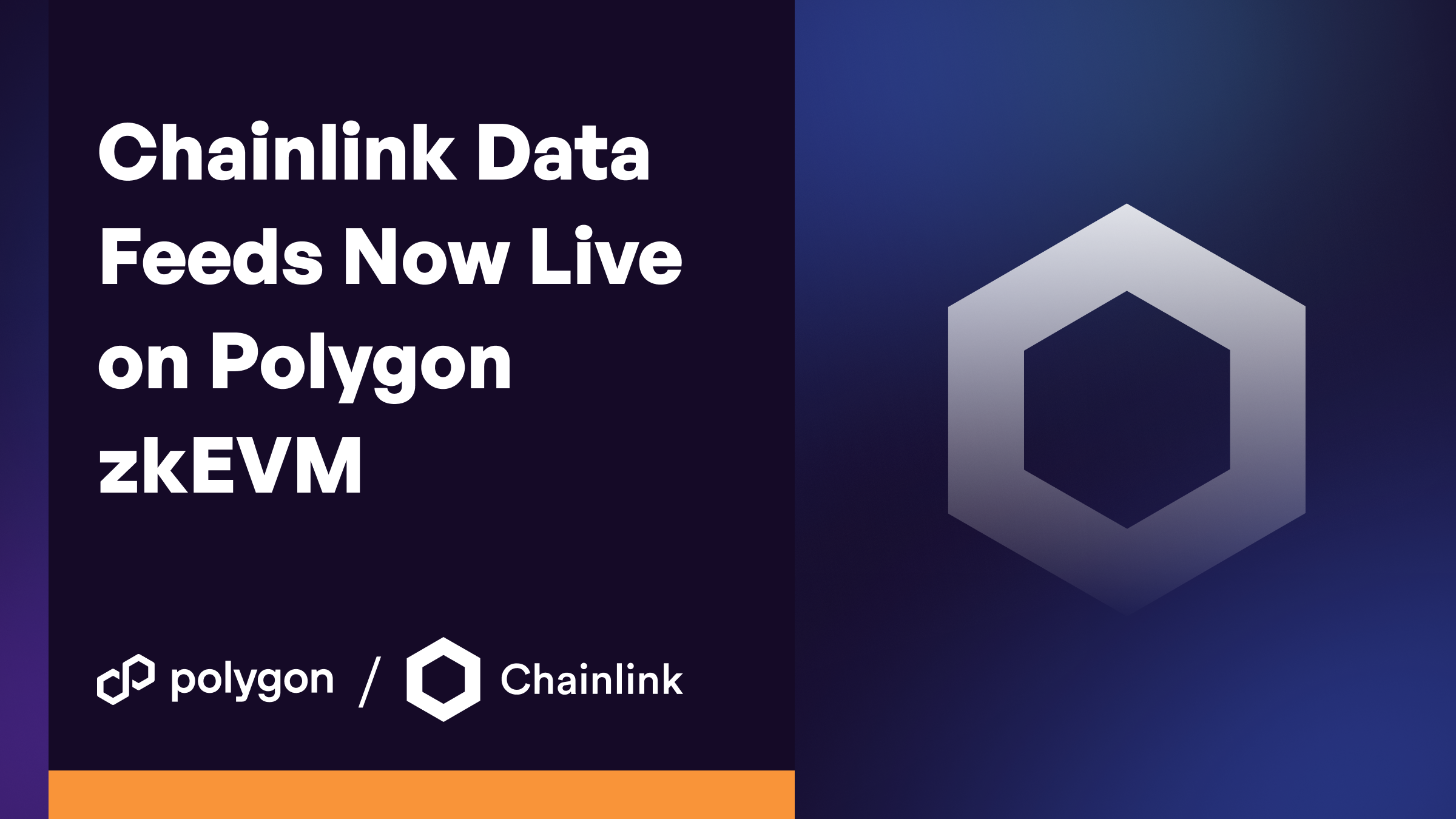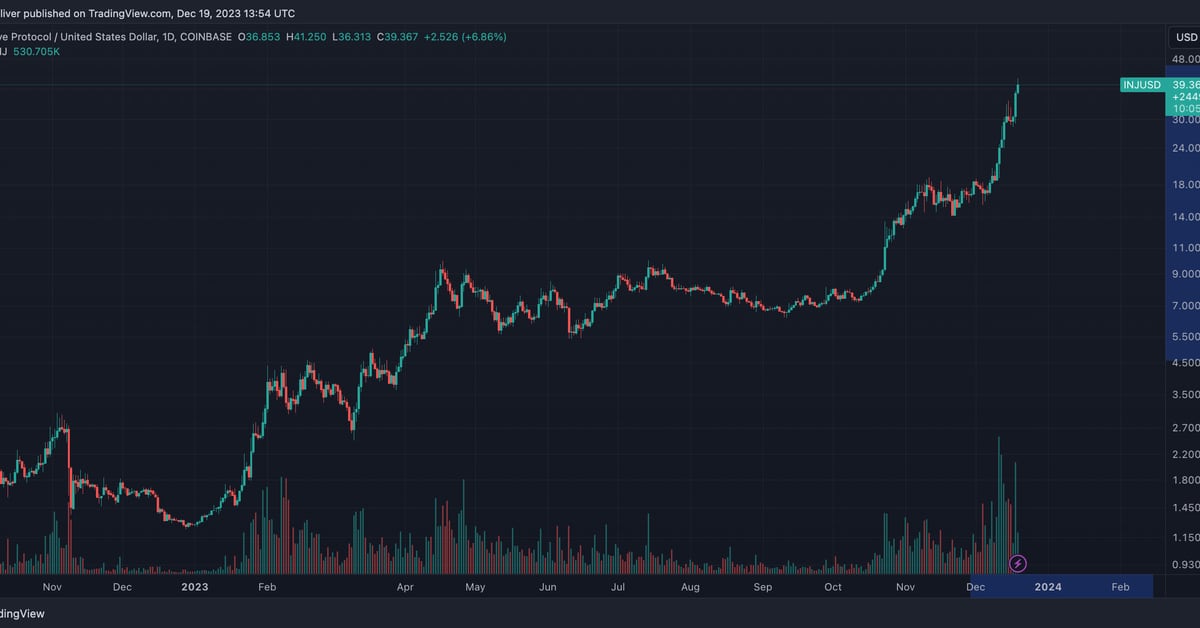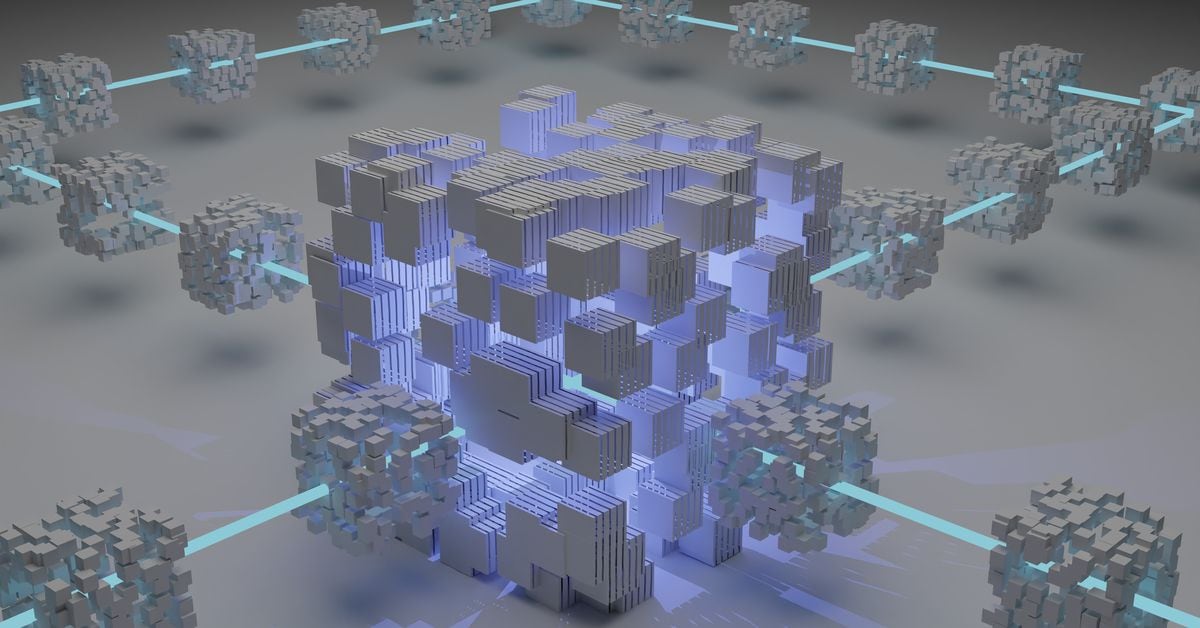
In Crypto 101, I talked about the basic information you need to get started with buying some crypto and the type of wallet you want to keep it in.
Hopefully, you have already taken the first step of opening an account with an exchange and/or acquiring a wallet. You have mastered the *how*. Now you might be pondering the *what*. What should I buy? There is an overwhelming choice in crypto tokens out there. What makes one better than another? I'll share how I see it. As always, your mileage may vary (YMMV).
There are a few key characteristics and features that differentiate different decentralized crypto platforms. Understanding these differences helps you understand their unique selling point (USP) [if they have one!{*}]. I'm not addressing stablecoins in this screed. Stablecoins (like Tether (USDT) and USD Coin (USDC)), are not decentralized and their value is supposed to be backed by (and pegged to the value of) some underlying assets.
Architecture
First, it would be good to understand a fundamental difference in the way different decentralized crypto platforms reach consensus (ie. how they work) to record changes on the blockchain:
- Proof of Work (POW) - The first crypto framework which is used by Bitcoin, Dogecoin, Litecoin and others.
- Proof of Stake (POS) - Currently the most ubiquitous framework as it is faster and less energy intensive than POW systems. Most every decentralized crypto that isn't POW is POS. POS systems typically have added value to their platforms with various schemes for encoding data on the blockchain. This data can simple, like a URL to an image (creating a non-fungible token (NFT)) or executable software "smart contracts" that can do really powerful things.
- Proof of Agreement (POA) - Currently only used by Stellar (XLM) as far as I know. It claims to be much more energy efficient than POS systems.
There are reams of technical explanations for these different architectures available for free out there in the internets, but that's not important for our purposes here and now. There are tradeoffs (speed, energy per transaction, degree of decentralization, additional functionality, etc.) to using one framework versus another and the technology for all three systems is still improving/evolving.
You might think that every crypto has it's own blockchain and is it's own, independent thing. That's not necessarily true. Many crypto tokens/platforms are derivatives of another one. In crypto terminology, tokens could be layer 1 (base layer), layer 2 (derivatives of a layer 1) or possibly even layer 3 (derivatives of layer 2). Ethereum (ETH) and Polygon (MATIC) are examples of layer one tokens that support several layer 2 tokens. Ethereum layer 2 tokens are - collectively as a class - also known as ERC20 tokens. In general, to own a layer 2 token means you need a wallet for the underlying layer token. The layer 2 tokens are managed from the same wallet address as the underlying layer 1 token. In other words, if you want to own some ChainLink (LINK), which is an ERC20 token, you would need an Etherem (ETH) wallet to receive it.
That probably sounded complicated, but it's really not. Every exchange or brokerage will handle the wallet magic for you. Hard storage wallets will also guide you to what you need. You do need to know what your soft wallet can handle if you are using one as they are generally limited to specific platforms (ie. MetaMask only handles Ethereum and ERC20 tokens [last I checked]).
The blockchain layer is just something to keep in mind when you are considering the value proposition for various cryptos.
Developer Activity
One metric you can use when evaluating a crypto token for potential investment is the developer community that is attached to the platform. Most decentralized crypto have a voting system where suggestions (for rules/governance as well as software changes to the protocol) are voted on before being implemented. Suggestions generally get voted on in specific time periods, so there is a constant cycle of suggestions and implementations happening.
Understanding that, you can look to see if there is a large community contributing (via suggestions and/or implementation efforts) to the development of the platform? Is it active? Are there a lot of (software) projects being developed on the platform? You won't find hard numbers to quantify answers to these questions, but you can get a feel for it by looking at social media (X, Twitter), news articles and/or Github or similar - wherever the open source software is actually being developed. A robust developer community is a good sign. A moribund developer community is not.
Market Cap
You can easily find lists ranking crypto by market cap. As of this writing, the top 52 crypto all have market caps over $1B. It's been my observation that, while crypto in the top 15 or so can be volatile, crypto outside the top 15 can be *very volatile*. That may be a feature or a bug depending upon whether you want high volatility for trading opportunities or stability for long term "Hold On for Dear Life" (HODL).
Hard (Wallet) Choices - Staking, DeFi or HODL
If you have elected to store your crypto in a hard wallet like the Ledger Nano X or Trezor, you will likely have a world of opportunities available to you for staking POS coins or getting adventurous with being your own banker with decentralized finance (DeFi) opportunities. As far as I'm aware, most of these opportunities are only available with POS based platforms. Bitcoin is (as of this moment) strictly a HODL platform in this context.
Use cases
There are a lot of crypto platforms that were designed to solve specific problems in a way that other crypto platforms do not. In general, you would need to just do some research (internet search on the token's name to find news stories, press releases, etc.) to figure out what the USP is for a given token. I'll list a few tokens and what I understand to be their USP:
- Bitcoin (BTC) - The first/original token is the 800lb gorilla in the crypto world. It's a POW platform that will have (once they are all mined) a finite token supply by design. Fiat money/credit expands - the supply of Bitcoin stays static or deflates as coins get lost to forgotten passwords.
- Ethereum (ETH) - Ethereum started out as a POW system and famously switched over to a POS system with the Shanghai update in April of 2022. It was designed to be more efficient and flexible than Bitcoin. It has a huge developer base and layer 2 token portfolio. It is and has been the #2 token by market cap for a good long time and #3 is not really close. The big problem that plagues Ethereum is the transaction expense ("gas fees") is just too high and that leaves the door open for a competitor to do it better.
- Solana (SOL) - Solana appears to be a similar but technically superior to Ethereum (faster, cheaper, more efficient). Some pundits claim that Solana has the goods to eventually dethrone Ethereum as the #2 crypto. Solana had a huge run before the FTX collapse. Sam Bankman-Fried/FTX was a huge investor in Solana and the crypto markets worried that FTX holdings of Solana might get dumped on the market in their bankruptcy proceedings. Now that the markets got guidance that this was not going to happen, Solana has been on a tear in late 2023. Solana appears to have a lot of development muscle behind it.
- Cardano (ADA) - Created by Ethereum co-founder Charles Hoskinson, Cardano was built from the get go as a POS system. Hoskinson had a fundamental disagreement with Ethereum co-founder Vitalik Buterin over the business plan for Ethereum. Cardano is the realization of his efforts at more commercial effort in token development. I get the sense that Cardano may have peaked both in terms of market cap ranking and developer excitement, but it is still the 8th ranked crypto by market cap and things can change quickly in this space.
- {*}Dogecoin (DOGE) - Beloved by Elon Musk, Dogecoin was developed as a joke. It was never intended to be taken seriously and evolve/develop into anything useful. That changed a bit after Musk's sunshine pumping generated a huge market cap for the coin. Will it really ever develop into anything more than a Musk fascination? I don't know. Much like Cardano (ADA), I think it's day in the sun has passed, but you never know. The coin is actually a clone of the POW software used by Litecoin (LTC).
- TRON (TRX) - I confess that I don't actually know much about this token other than Dominica has granted it legal tender status and most recently it's been used by some terrorist organizations to move money around.
- Chainlink (LINK) - This is an ERC20 token (layer 2 token on the Ethereum system). The Chainlink blockchain has been very active in facilitating and developing cross chain solutions for clearing transactions across different crypto and CBDC platforms. LINK is the token powering the Chainlink solutions. If SWIFT or nation states continue to partner with Chainlink for these purposes, Chainlink likely will be around for a long time.
- Avalanche (AVAX) - Avalanche is a unique POS based layer 1 blockchain system that is actually comprised of 3 separate blockchains that interface with each other (and separate the functions each perfoms to increase speed and efficiency and lower costs). Avalanche is a leading player in the tokenization of financial assets and is working with some heavy hitters in the traditional finance space.
- Polygon (MATIC) - Polygon (MATIC) is a layer 1 system that competes with Ethereum. This token is planned to transition to a Polygon (POL) layer 2 Ethereum token.
- Polkadot (DOT) - Another unique layer 1 POS system. The developers of Polkadot also created a sister token Kusama which they use as a test bed. Polkadot has developed several technical innovations in their blockchains including something called parachains. I have not taken the time to really understand it, but the team behind Polkadot seems pretty smart and active in developing novel technology.
- Litecoin (LTC) - Once thought to be a potential challenger to Bitcoin, this POW system got surpassed by a joke copy of itself (Dogecoin). Ah, the power of memes/marketing.
- Shibu Ina (SHIB) - Another meme token riding the coattails of Elon Musk's Dogecoin pumping. I really don't understand the USP for this one at all.
- Uniswap (UNI) - Uniswap is an ERC20 token and the Uniswap blockchain is a popular facilitator of cross platform trading (facilitating trades of one type of crypto for a different one). I don't understand how it works. I tried to figure it out once. I failed. But there is a lot of trading happening with it, so lots of people apparently do understand it.
- Cosmos (ATOM) - A unique layer 1 POS token. I don't remember why I acquired some of this or what it's USP really is, but this coin has earned me a very decent return on my staked tokens.
- Stellar (XLM) - Stellar is the only POA system that I know of and claims to be superior by an order of magnitude in terms of efficiency and cost over POS tokens. Seems like it just needs some Elon Musk magic or better marketing to really take off.
While every crypto is a speculative play, you will find some *really* speculative plays and obscure USPs when you start looking beyond the top 25 (ranked by market cap) . It can be an adventure learning about them (and wading through the hype to see it's true potential).
Last edited:









